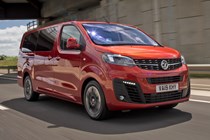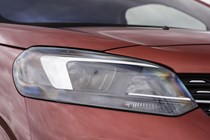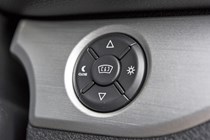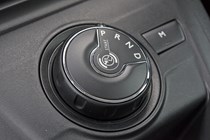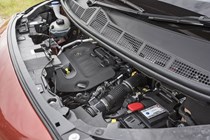
Vauxhall Vivaro Life MPV (2019-2022) running costs and reliability
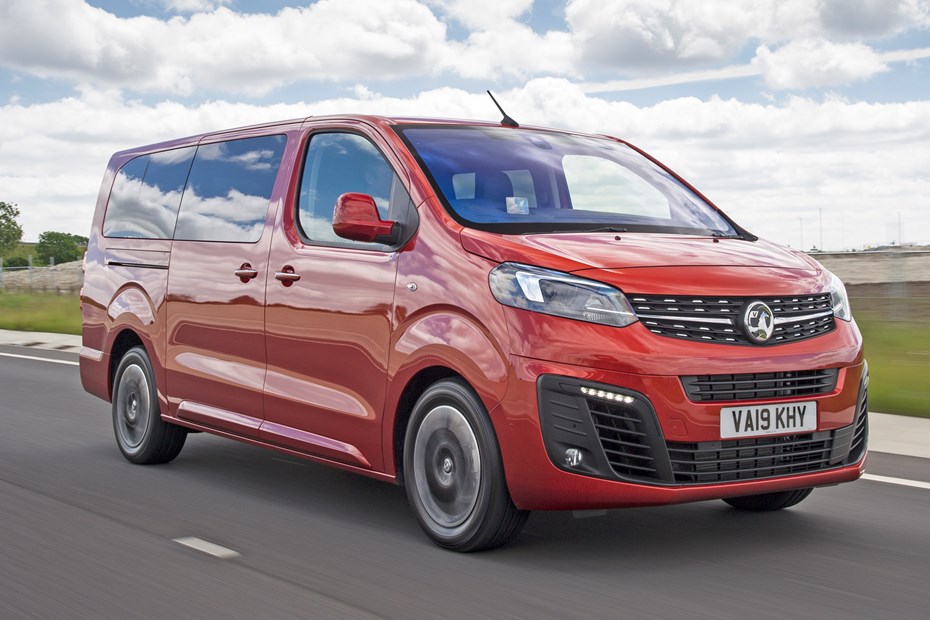
Miles per pound (mpp) ⓘ
| Diesel engines | 4.5 - 6.0 mpp |
|---|
Fuel economy ⓘ
| Diesel engines | 34.8 - 47.1 mpg |
|---|
- Efficient range of proven diesels
- No hybrids on offer, though
- Electric version covered separately
Vauxhall offers a diesel-only engine range in the Vivaro Life, which is commonplace for this kind of van-based car, with no hybrid versions offered. However, the fully electric Vivaro-e Life became available to order in autumn 2020.
On paper the most fuel efficient is the 1.5 Turbo D with claims of 39.2-47.1mpg under the more realistic WLTP testing regime.
At the other end of the scale, the 150hp 2.0 Turbo D sits in the middle with official figures of 35.3-41.5mpg, while the punchier 180hp is only slightly inferior at 34.8-40.6mpg. Driving the latter over an extended period yielded an average of 32mpg in the real world.
Still, it’s not an inexpensive vehicle to run, as evidenced by the miles per pound figures of 4.5 - 6.0mpp.
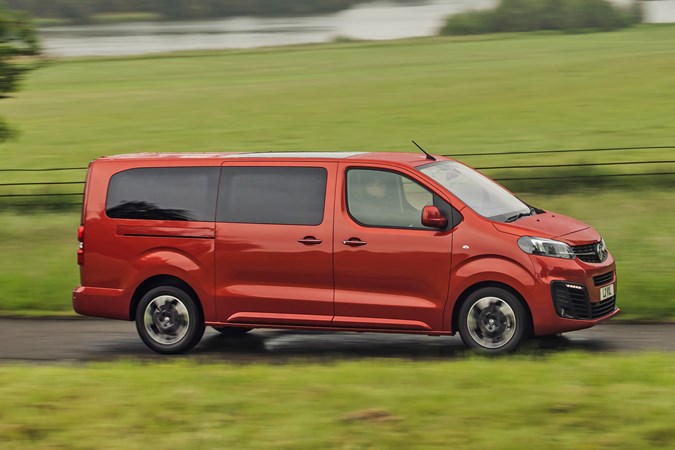
With the lack of hybridisation and based on a larger van body, CO2 emissions are higher than many conventional MPVs, but similar to vehicles from competitor firms.
Again, it’s the 1.5 Turbo D that leads the way at 170-189g/km of CO2 costing £540 for the first year of VED car tax at 2020/21 rates.
You will need deeper pockets for the 2.0-litre models: the 150hp version weighs in at 194-210g/km, the 180hp models at 199-213g/km. At 2020/21 rates first year VED is an eye-watering £1,305.
At least you can save money when it comes to servicing. Choose a 1.5-litre version and the intervals are two years of 25,000 miles, whichever comes first. For the 2.0-litre models that extends to two years or 30,000 miles, again, whichever occurs sooner.
Is the Vivaro Life reliable?
- Trio of official recalls already
- French-built sister cars have a worse record
- At least build quality feels robust
Three recalls after a short production run is disappointing for the British-built Vivaro Life, but they have been deemed serious enough for the DVSA vehicle inspectorate to act on safety grounds, even though just over 1,000 vehicles were affected in total.
Two related to water entering the car via poor seals in the wheelarches, potentially causing electrical issues with the airbags, while the third concerned potential bolt failings in the rear axle.
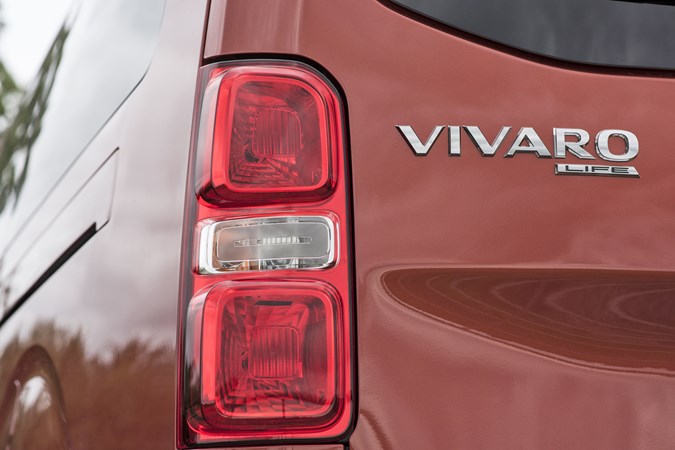
If you’re buying a used Vivaro Life, check with a Vauxhall dealer to ensure that the work has been carried out.
It could be worse, though, given that its French-assembled sister vehicles had incurred over 50 official recalls between 2015 and 2018. Evidently, those issues have been designed out and should not pose a problem in the newer Vauxhall-badged models.
One small crumb of comfort is that at least the Vauxhall feels as though it’s well-assembled. Sure, the plastics are either unyieldingly hard or surprisingly flimsy, but after several thousand miles testing one, everything continues to function as was originally intended, with no broken or loose pieces of trim.
Ongoing running costs
| Road tax | £195 - £620 |
|---|---|
| Insurance group | 19 - 27 |
Get an insurance quote with

|
|





